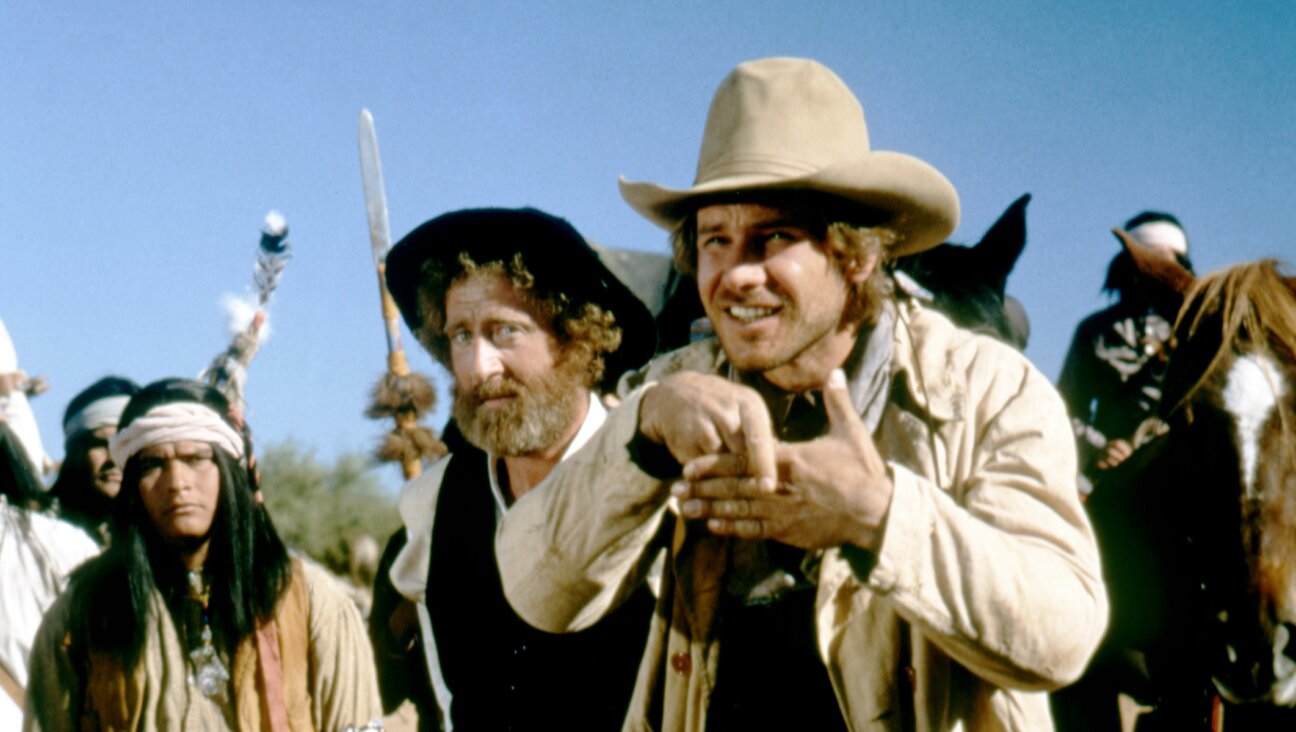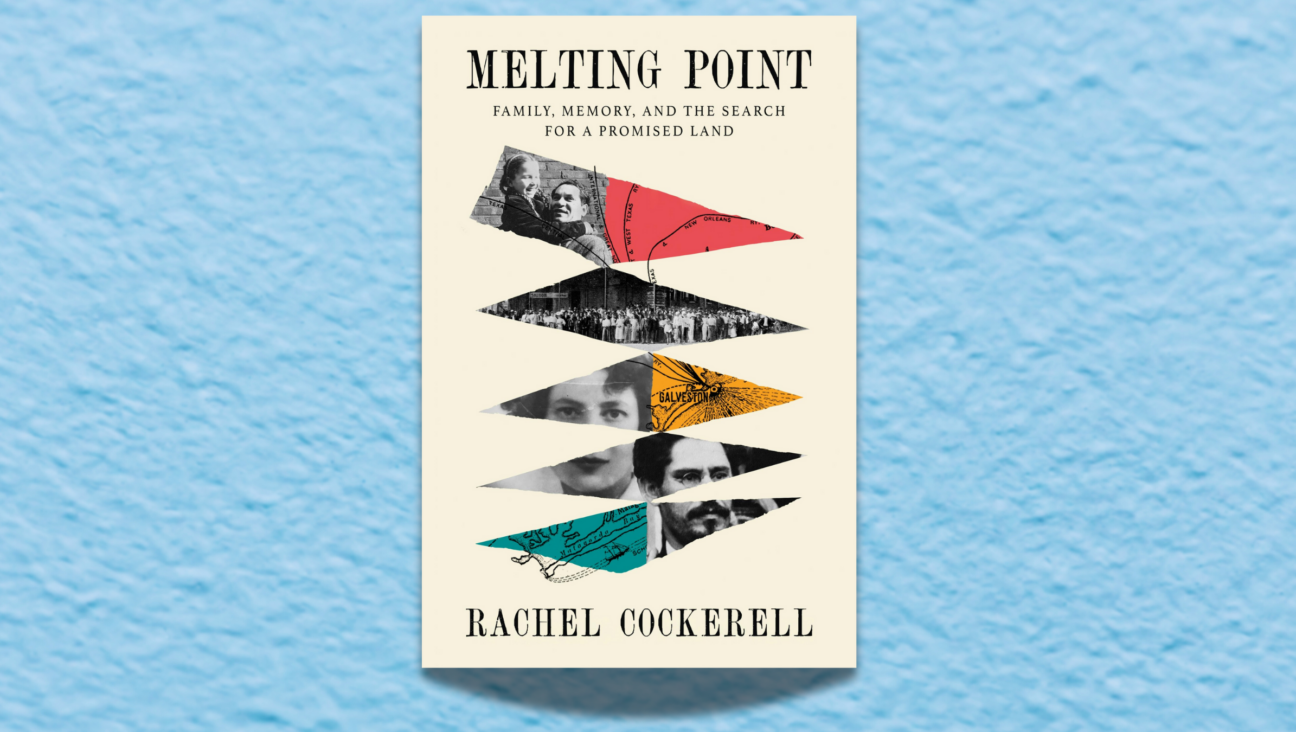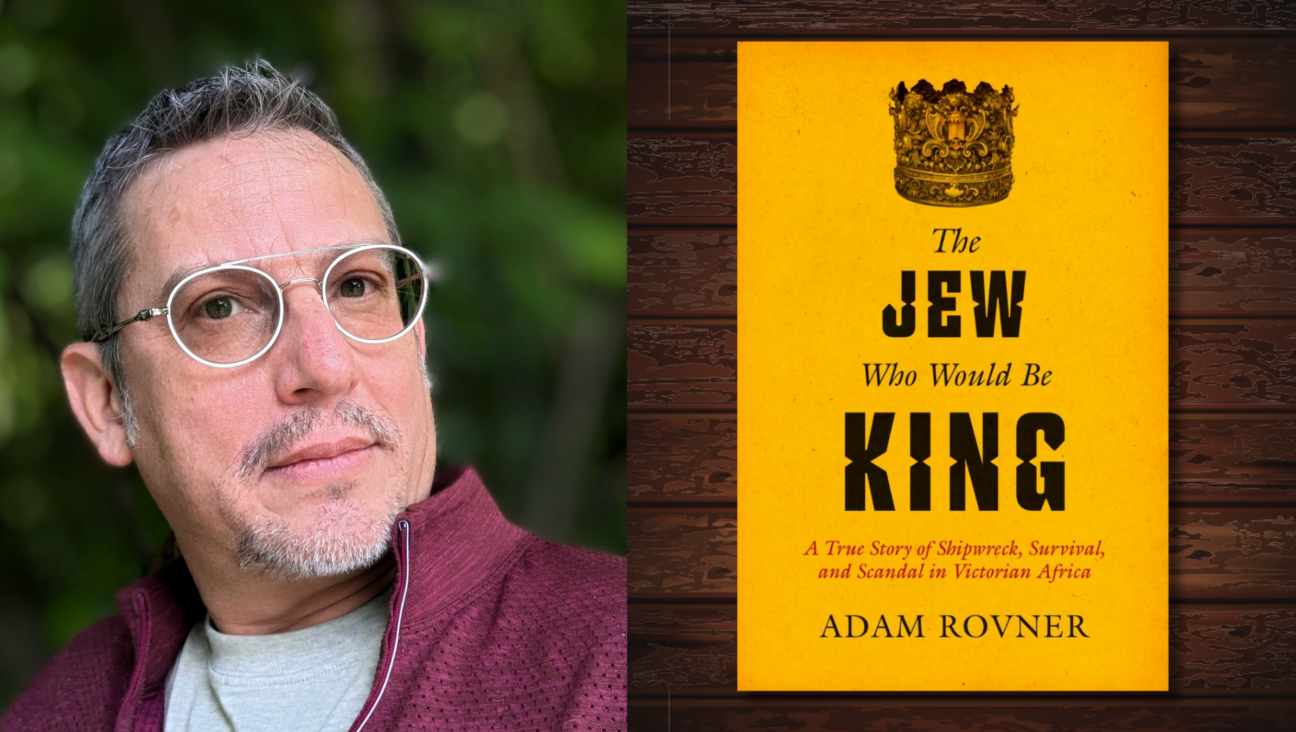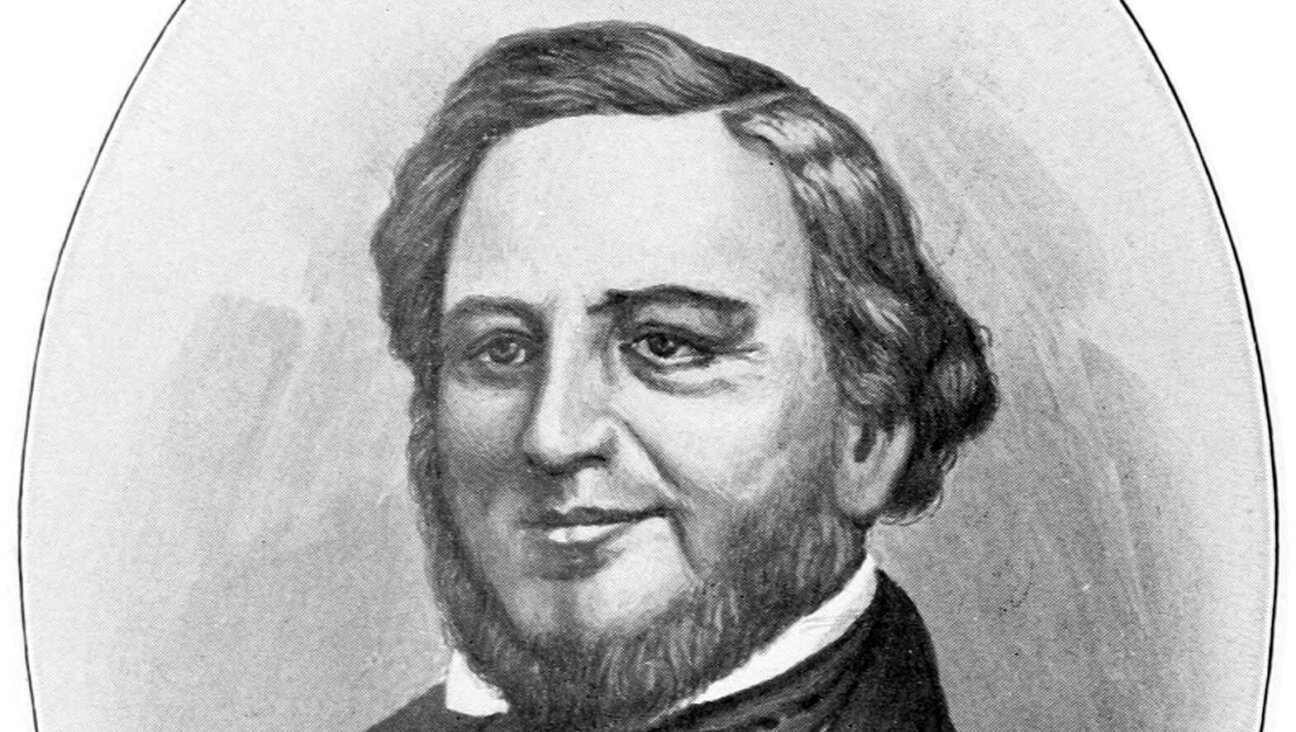Defining Kafkaesque

Earlier this week, James Patrick Kelly and John Kessel wrote about a man as puzzling as his stories, Kafka and the parable, and Tamar Yellin’s “Kafka in Bronteland.” Today, Kessel examines the Kafkaesque structure. Their blog posts are being featured this week on The Arty Semite courtesy of the Jewish Book Council and My Jewish Learning’s Author Blog Series. For more information on the series, please visit:

One of the influences of Kafka over later writers is not so much in the content of his work as in its form. The conventional Aristotelian plot proceeds by means of a protagonist, an antagonist, and a series of events comprising a rising action, climax and denouement. It involves identification of the reader with the protagonist and vicarious engagement with his or her predicament (even when, as in say, “Macbeth,” the protagonist is the villain). One event causes the next event, and so on, like a row of falling dominoes. This structure has stood storytellers in good stead for a few thousand years.
But Kafka’s stories do not fall easily into this pattern — “The Trial” at least seems to begin in this way, though it never fulfills it. Perhaps that is one reason why Kafka had so much difficulty finishing his novels — a novel demands some structure of this type, and Kafka was not able to produce such a structure. In Kafka’s universe, cause and effect are not so sure as other forces.
Rather, what Kafka gives us — and if he is not the originator of it, he brings it to a remarkable perfection — is the story that begins with a premise, often a bald assertion of a fact in contradiction to reality (“As Gregor Samsa awoke one morning from uneasy dreams he found himself transformed in his bed into a gigantic insect”). The story then progresses not as a series of cause-and-effect links, but as elaboration/qualification/evolution from that assertion. We can see this in “The Great Wall of China,” in “A Hunger Artist,” in the long description of the execution machine that comprises most of “In the Penal Colony,” in “The Burrow.” These stories are not so much narratives as explanations of the world, a world that is fundamentally inexplicable.
Jorge Luis Borges said that Kafka’s stories “presuppose a religious conscience, specifically a Jewish conscience; formal imitation of Kafka in another context would be unintelligible.” But in another time and place, Borges also said that, “I felt that I owed so much to Kafka that I really didn’t need to exist.” Whether or not formal imitation of Kafka was his intent, in fact we can see precisely the Kafkaesque structure put to use in many of Borges’ greatest stories, such as “The Library of Babel,” “The Lottery in Babylon,” “Tlon Uqbar, Orbis Tertius,” or “Pierre Menard, Author of the Quixote.”
Through Borges, Kafka’s influence has spread to several generations of later writers. And it does seem to me that many late modernist and postmodernist stories owe their structure, if not their very existence, to this tradition.
James Patrick Kelly and John Kessel’s anthology, “Kafkaesque: Stories Inspired by Franz Kafka,” is now available.
The Jewish Book Council is a not-for-profit organization devoted to the reading, writing and publishing of Jewish literature. For more Jewish literary blog posts, reviews of Jewish books and book club resources, and to learn about awards and conferences, please visit www.jewishbookcouncil.org.
MyJewishLearning.com is the leading transdenominational website of Jewish information and education. Visit My Jewish Learning for thousands of articles on Judaism, Jewish holidays, Jewish history and more.
The Forward is free to read, but it isn’t free to produce

I hope you appreciated this article. Before you go, I’d like to ask you to please support the Forward.
Now more than ever, American Jews need independent news they can trust, with reporting driven by truth, not ideology. We serve you, not any ideological agenda.
At a time when other newsrooms are closing or cutting back, the Forward has removed its paywall and invested additional resources to report on the ground from Israel and around the U.S. on the impact of the war, rising antisemitism and polarized discourse.
This is a great time to support independent Jewish journalism you rely on. Make a gift today!
— Rachel Fishman Feddersen, Publisher and CEO
Support our mission to tell the Jewish story fully and fairly.
Most Popular
- 1

Fast Forward Ye debuts ‘Heil Hitler’ music video that includes a sample of a Hitler speech
- 2

Opinion It looks like Israel totally underestimated Trump
- 3

Culture Cardinals are Catholic, not Jewish — so why do they all wear yarmulkes?
- 4

Fast Forward Student suspended for ‘F— the Jews’ video defends himself on antisemitic podcast
In Case You Missed It
-

Culture How one Jewish woman fought the Nazis — and helped found a new Italian republic
-

Opinion It looks like Israel totally underestimated Trump
-

Fast Forward Betar ‘almost exclusively triggered’ former student’s detention, judge says
-

Fast Forward ‘Honey, he’s had enough of you’: Trump’s Middle East moves increasingly appear to sideline Israel
-
Shop the Forward Store
100% of profits support our journalism
Republish This Story
Please read before republishing
We’re happy to make this story available to republish for free, unless it originated with JTA, Haaretz or another publication (as indicated on the article) and as long as you follow our guidelines.
You must comply with the following:
- Credit the Forward
- Retain our pixel
- Preserve our canonical link in Google search
- Add a noindex tag in Google search
See our full guidelines for more information, and this guide for detail about canonical URLs.
To republish, copy the HTML by clicking on the yellow button to the right; it includes our tracking pixel, all paragraph styles and hyperlinks, the author byline and credit to the Forward. It does not include images; to avoid copyright violations, you must add them manually, following our guidelines. Please email us at [email protected], subject line “republish,” with any questions or to let us know what stories you’re picking up.















